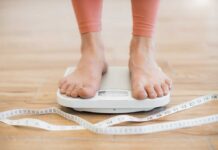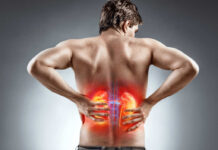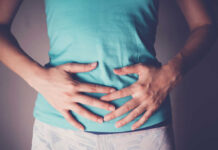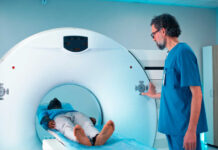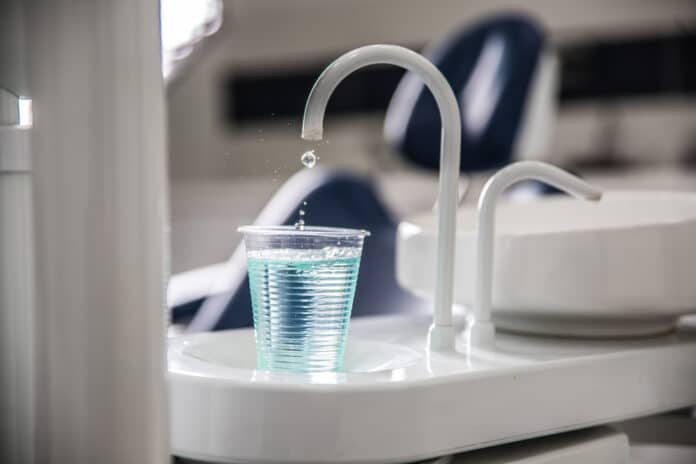
The Centers for Disease Control and Prevention (CDC) has issued a warning after discovering that several children in the United States have contracted a potentially fatal infection from drinking water in dental waiting rooms.
Although cases of nontuberculous mycobacteria (NTM) infections contracted by children during dental visits are extremely unusual, the CDC has reported two separate outbreaks in 2015 and 2016. A third cluster was discovered in March at a pediatric dental clinic, and the cause is still unknown.
Dangerous bacteria congregate in the tight spaces of dental equipment’s water pipes. A dental officer from the CDC’s Division of Oral Health emphasized the seriousness of NTM infections just after dental procedures. These infections are challenging to treat and may be resistant to antibiotics.
The dental officer noted that all cases of NTM infection after dental treatment required surgical procedures to resolve.
These infections are notoriously difficult to treat, as they can linger, worsen over time, and even resist standard treatments like incision, drainage, and antibiotics. Usually, people will notice some swelling in their jaw or neck, and pain, fever, or a draining abscess are other possible symptoms.
What Are the Side Effects of These Bacterial Infections?
Some of the side effects of the infections were facial nerve palsy, permanent tooth loss, and scarring around the incisions. A spokesman for the American Dental Association said that, of the people affected by the two outbreaks, 99 were hospitalized.
The virus can also infect adults. In adults, NTM infections frequently follow procedures like wisdom tooth removal and root canal therapy. Sometimes an infection won’t appear for weeks or months after a dental procedure.
Following dental procedures, patients who develop NTM infections may need surgery to remove the infected tissue. Jawbone and teeth, both primary and permanent, may be lost due to these procedures. They may also need a multi-drug regimen of intravenous antibiotics. Rash, stomach pain, loss of hearing, and stress on the liver and kidneys are some potential antibiotic side effects.
How to Limit the Infection’s Outbreak
The most effective method of preventing these infections is using chemical germicides in the water supply.
However, if dental water lines are not properly maintained and treated on a routine basis with germicides, these bacteria will attach themselves to the internal part of the water-line tubing and create a biofilm. This biofilm acts as a conducive environment where microorganisms can grow and multiply.
Fragments of biofilm can enter the plumbing system and eventually end up in the patient’s mouth. Fortunately, cases of NTM infections spreading from dental work are incredibly rare.

